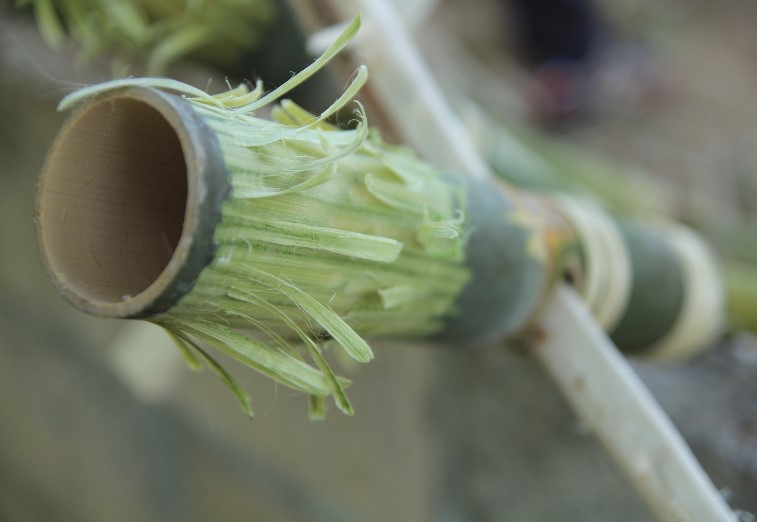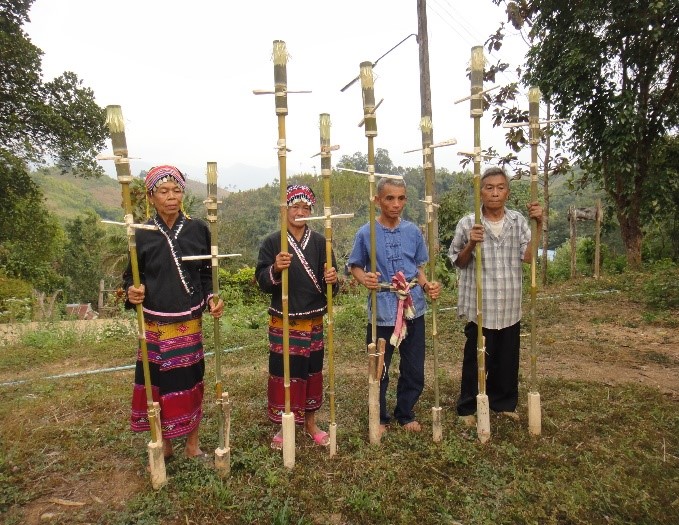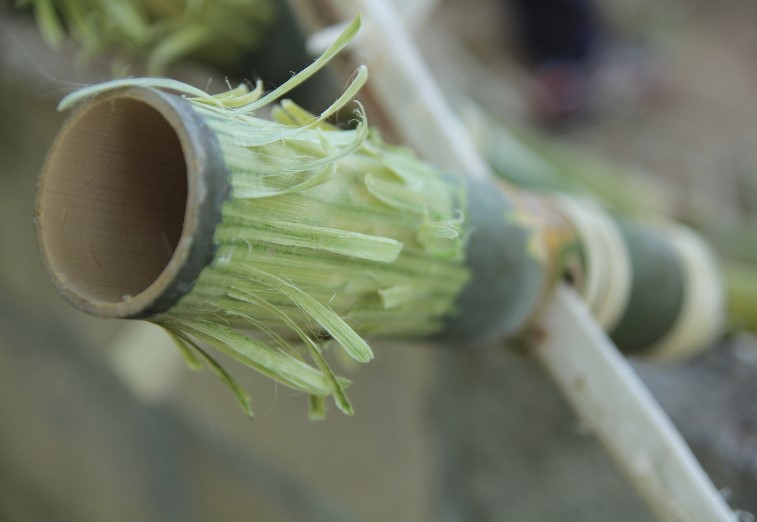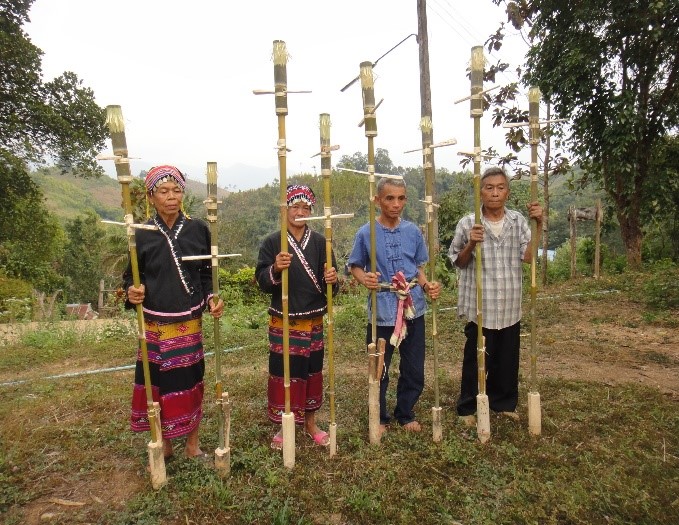

Preserving Musical Heritage of Krung: A Harmonious Blend of Culture and Ecology
The intricate bamboo musical instrument, known as the Krung, stands as a testament to the rich cultural heritage of Nan Province and serves as a symbol of the ecological vibrancy of its lush forests. This project explores collaborative methods to preserve the Krung, highlighting the importance of sustaining both cultural and biological diversity. This study aims to examine strategies for preserving the musical heritage of the krung in Nan Province, located in northern Thailand, with a focus on cultural sustainability. The research adopts a comprehensive approach that includes identifying and addressing key issues through collaborative efforts with stakeholders. This process involves developing strategic plans with local artisans, empirically testing proposed models with involved parties, and continuously learning from both successes and setbacks in practical applications. The ultimate objective is to establish a long-term initiative that integrates cultural practices with ecological conservation principles. One component of the krung set reflects the importance of women in the household. Across many cultures, women play a crucial role in maintaining harmony, unity, and well-being within the family. This importance is often symbolized through a specific item or symbol within the krung. The component not only pays tribute to women’s contributions but also serves as a reminder of their essential role in the family dynamic. Typically, this representation takes the form of an intricately crafted figurine or sculpture, depicting a mother figure engaged in activities central to her role within the family, such as cooking, nurturing children, or performing other domestic tasks. The placement and prominence of this component within the krung emphasize the significance of women. Positioned at the center of the set, it symbolizes the pivotal role women play in the family structure. This placement not only acknowledges their importance but also reinforces the idea that the family’s well-being relies heavily on their efforts and contributions. Furthermore, this component reflects broader societal values concerning women’s roles in family life and community cohesion. By recognizing and valuing women’s contributions within the domestic sphere, the Krung reinforces the importance of gender equality and respect for women’s roles in society. In essence, this component of the krung serves as a tangible expression of reverence, gratitude, and recognition for women’s crucial role in shaping the family’s identity and well-being. It stands as a testament to the enduring influence and significance of women in nurturing, sustaining, and enriching the fabric of familial and cultural life. The project emphasizes several key aspects: the importance of timing in bamboo harvesting, the role of community engagement in preserving musical traditions, and the innovative workshop that encouraged students to design new bamboo instruments. By working closely with local instrument makers, students not only learned the technical skills required to craft the krung but also gained a deeper understanding of the cultural and ecological context in which these instruments thrive


You can find more information about the krung here
https://so04.tci-thaijo.org/index.php/JUCR/article/view/273302/184760
0%


